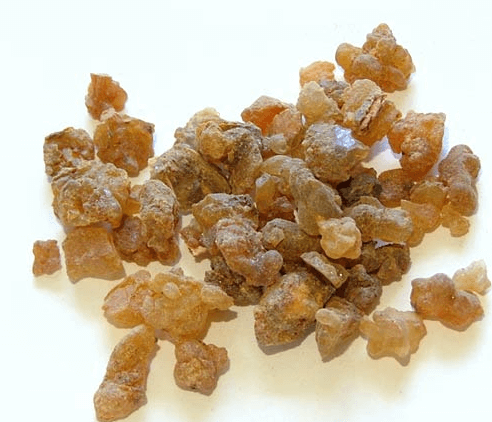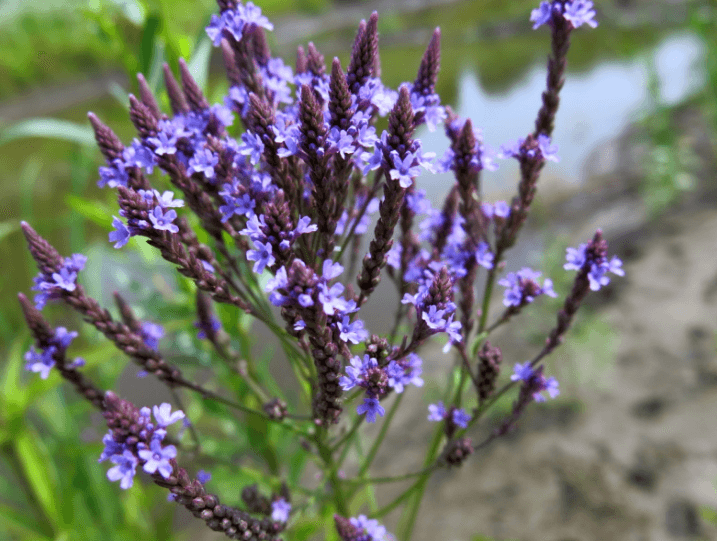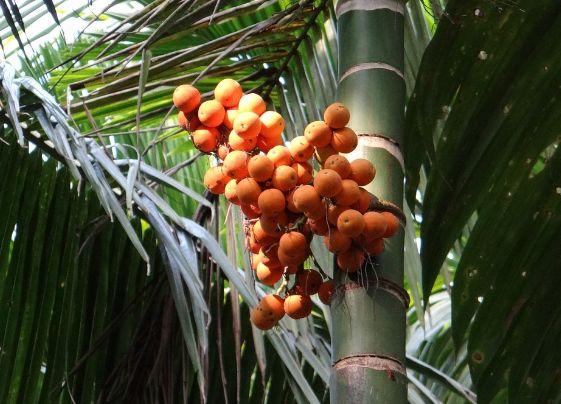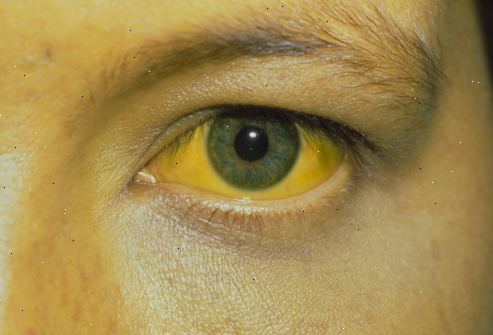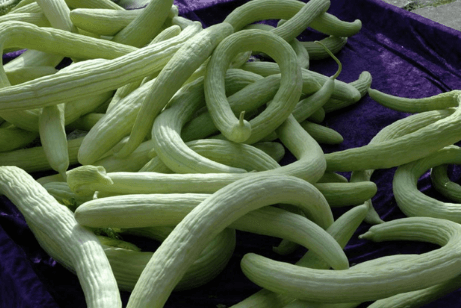Kutaj Tree Medicinal Benefits
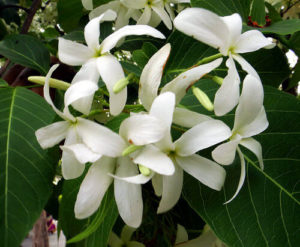
Botanical Name—Holarrhena antidysenterica
Common Name—Kuda
Family—Apocynaceae (Kutaj Kul)
Habit—A small lactiferous, deciduous tree, 30-40 ft. in height
Properties-
Property—Lightness, dryness
Taste—Bitter, astringent
Potency—Cooling
Metabolic Property—Pungent
Specific Properties-
- Kaph-pitta-samak
- .Stomachic & digestive
- Anti-haemorrhoidal
- Anti-diarrhoel
- Blood purifier
- Anti-Leprotic
Parts Used—Bark, seed
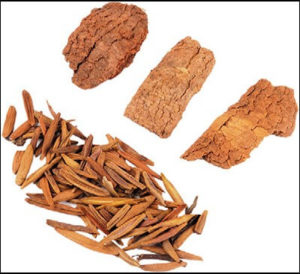
Description—Kataja plant is fabled to have sprung from the drops of amrta or elixir of life, which fell on the ground from the bodies of Rama’s monkeys, who were restored to life by Indra.
The seeds of kutaj are called as Indra’d seeds-Indrayava . Caraka has described multiple used of the plant. The pods have stanyasodhana lactodepurant, indrayava have amapacaka-digests the ama and asthapanopaga—adjunct to decoction enema, properties. Whereas kutaj in general, is said to possess vamaka—emetic and arsoghna-anti haemorrhoidal qualities.
Susruta mentions indrayava as stanyasodhana—lactodepurant and kutaj as sukra sodhana-sperm purifier. Vagbhata has specified it as the best anti-diarrhea.
The plant is indigenous to India and found all over the country in deciduous forests up to 900 meters. The small tree, 9-12 meters in height and the bark pale, grayish in color. The leaves, 9-18 cm long and 4-8 cm broad, broadly ovate to elliptic. Flowers in terminal corymbs cymes, white, slightly fragrant. The fruit pod, 20 to 40 cm long, in pairs, cylindrical and narrow. The seeds are linear-oblong, 1 cm long. 25-30 seeds per pod, smoky in colour.
Kutaj belongs to apocynaceae family and is botanically known as Holarrhena antidysenterica. This plant is often confused with another plant of the same family called Wrightia tinctoria, which is medicinally inert. Caraka has described two kinds of kutaj namely female and male kutaj. According to colour of the flowers kutaj has two varieties namely black and white. However, the white kutaj and the bitter seeds are said to have better medicinal properties.
O-free alkaloids (conessine, conimine), conkurchine group alkaloids (including conessidine) and O-containing alkaloids (holarrhenine, holafrine, holarrhetine) present in bark whereas leaves contain O-containing alkaloids (kurchiphyllamine and kurchiphylline).Two new aminoglycosteroids-holantosines A and B isolated from leaves (Tetrahedron 1970, 26, 1695).three new aminodeoxyglycosteroids-holarosine B and holantosines E and F isolated from leaves (Chem. Abstr. 1973, 78, 4474 0.Two new alkaloids-holacine and holacimine isolated from bark and a new alkaloid holarricine-isolated from seeds.
Dosage- Powder -3-5gms.
Uses-
- Kutaj is the best drug for Diarrhea. In chronic diarrhoea & to check blood coming from stool, it should be given with Isobgol, caster oil or Indrayay.
- Decoction of Indrayav & katuka in rice water alleviates fever caused by pitta.
- In Bleeding piles—Docoction of Kutaj bark with sunthi checks mucus & blood.
- Decoction of Kutaj destroys all skin diseases.
5. Topical application of Kutaj is useful in Arthritis & Osteoarthritis.

